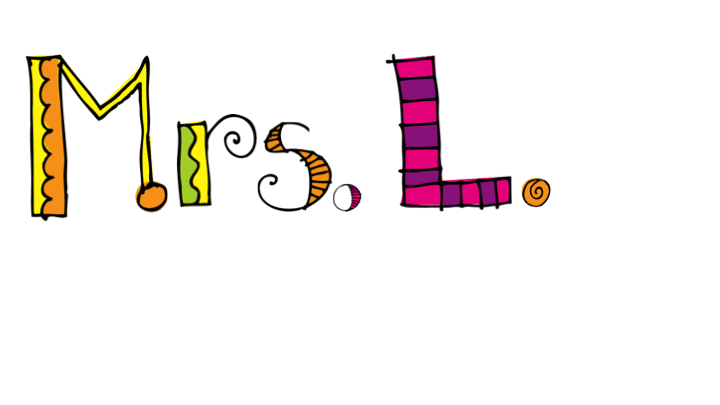If you already do some goal-setting with your students then you’re off to a great start for the New Year. In my last post I discussed an article about goal-setting it students and the importance of “past and future authoring”; which means your students take time to connect background experiences to their new goal and imagine themselves succeeding!
Learning Goals provide the FOCUS for a lesson, but the SCALES provide the PATH. Giving students a clear path to skill or concept mastery is just as important because students do not have the background knowledge or life experience to be able to sketch their own path. They need help to identify pertinent background knowledge and connect it to their present goal. They need sequential stepping stones that suit the needs of different learners. What I love the most, is that Marzano Scales can become your DIFFERENTIATION plan if you create them well!

If your district is using Marzano Scales, then you’ve probably seen some of the supporting research in your PD sessions. I love this graphic because it leaves a striking impression of the effectiveness of using Scales with students. If you’re not using Marzano Scales yet, take a look!
This study published by Marzano & Haystead (2009) shows “Tracking Student Progress and Scoring Scales” has the potential to bring academic gains of 34 percentile points! (Different from percent-age points.)
It is also shown to be the most effective instructional strategy teachers can use!
How can Scales promise so much improvement? Marzano qualifies this finding by stating “There are no high-yield instructional strategies; there are only high-probability strategies. The simple presence or absence of an instructional strategy does not define effectiveness, but it is rather the teacher’s expertise in adapting that strategy to the classroom within the context of lesson segments that produces gains in student achievement.” – Marzano (2009)
Scales provide a consistent and visual structure for introducing, differentiating, and assessing instruction, but YOU make it work in your classroom. This has to be done a certain way to ensure effectiveness.
![]() My first attempt at using scales was to post a general scale. You can find many cute versions of these online. I would verbally apply the general scale to whatever learning goal I had at the moment. I was relying on my students to listen to my off-the-cuff explanation, visualize exactly what I was thinking when I explained it, and remember what I had said anytime I referred to the scale during that class period. It wasn’t very effective. If I asked my 4th and 5th graders to assess themselves on their current level, they couldn’t do it accurately.
My first attempt at using scales was to post a general scale. You can find many cute versions of these online. I would verbally apply the general scale to whatever learning goal I had at the moment. I was relying on my students to listen to my off-the-cuff explanation, visualize exactly what I was thinking when I explained it, and remember what I had said anytime I referred to the scale during that class period. It wasn’t very effective. If I asked my 4th and 5th graders to assess themselves on their current level, they couldn’t do it accurately.
This frustrated me and I didn’t see any progress in my students. I decided to make the scales more specific, which was Marzano’s intention. Creating learning goals can feel overwhelming because there are thousands of possible skills to focus on. I decided to simplify this process by creating scales that focused on my standards. This made the most sense to me since the standards are actually the end-of-year goals for every student. Standards can feel like huge and sometimes vague points far off in the distance with no particular relevance to students at the moment. Scales give kids some orientation to find themselves within the content.
Next week I will share my specific process for creating specific scales that work! See you then!

Thank you to Angela P. for this comment regarding: 5th Grade Common Core Math Posters with Marzano Scales!
“My school now requires these posted on our front boards…and you have saved me hours of work! THANK YOU!”
– December 22, 2015
